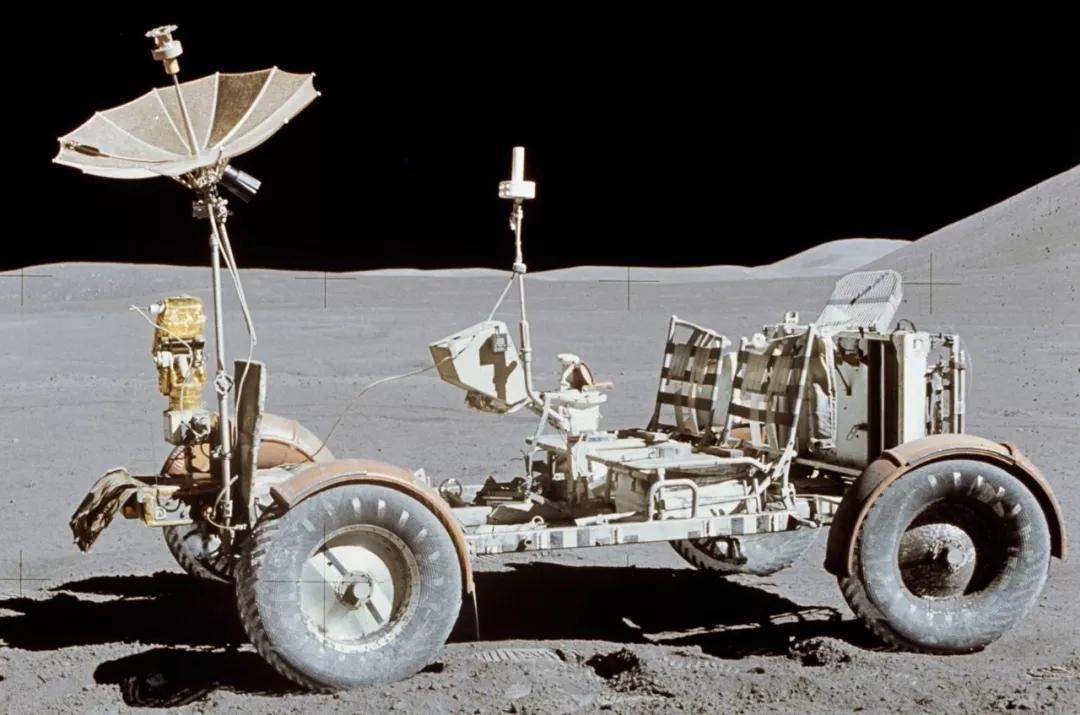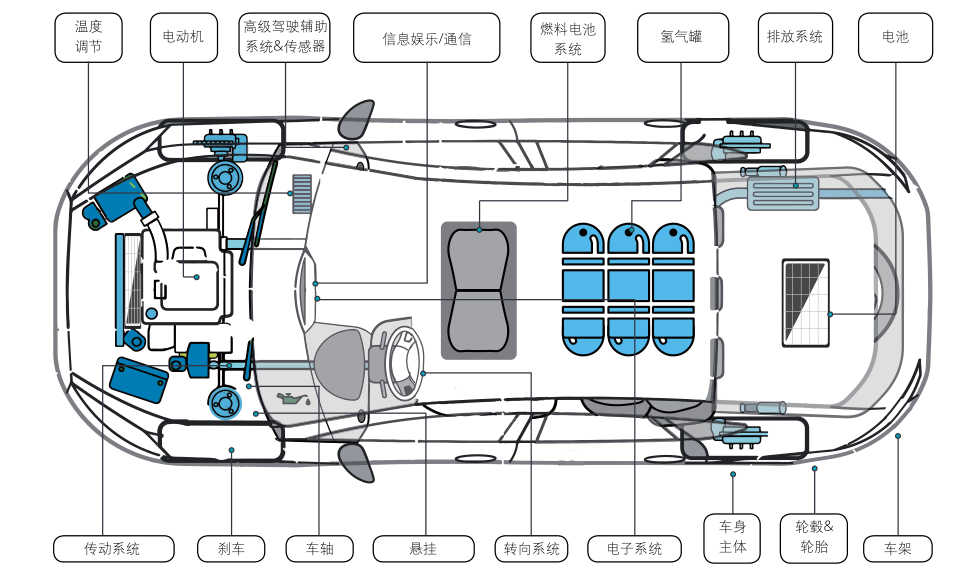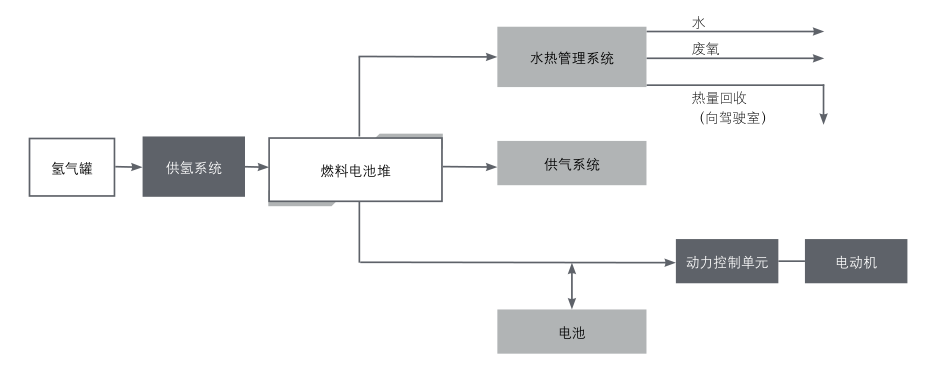
News
A brief history of hydrogen fuel cell development
As a clean energy source, hydrogen energy is one of the key breakthroughs in the future energy revolution. In recent years, hydrogen energy has gradually become the new focus of the international agenda and has gained rapid development, thanks to the active promotion of major economies such as the European Union, Japan, South Korea and China.
A brief history of hydrogen fuel cell development
1839 William Grove invents the first fuel cell
1960s NASA first uses alkaline fuel cells to generate electricity for the Gemini and Apollo spacecraft
1966 General Motors develops the world's first fuel cell vehicle

1970s The oil crisis leads to the global development of alternative energy sources, such as fuel cells. PAFC mainstream fuel cell technology from the 1970s to the 1990s, mainly for distributed power generation.
The 1990s Stationary fuel cells were introduced into commercial and industrial production. A major technological breakthrough, led by cell manufacturers such as Ballard, allows fuel cells to be used in automotive applications
1993 Ballard develops the world's first 9.7 metre bus using a Proton Exchange Membrane fuel cell
1994 Daimler launches the NECAR 1, the first generation of modern fuel cell vehicles, with fuel cell stacks supplied by Ballard
2002 Toyota launches the world's first fuel cell hybrid vehicle (FCHV) for lease in the USA and Japan
2003 The US Department of Energy funds a $1.2 billion programme to promote the use of hydrogen and fuel cell technology in transportation.
The European Research Area ("ERA") project, which includes the establishment of a European R&D platform for hydrogen fuel cell technology, was launched in 25 EU countries.
The US Department of Energy has funded a $1.2 billion programme to promote the use of hydrogen and fuel cell technology in transportation.
Since 2011 The Chinese government has introduced plans to encourage and guide the development of hydrogen fuel cell technology
2013 Several automakers formed an alliance (H2USA) to promote the commercialization of fuel cell vehicles and the development of hydrogen-related infrastructure; partners include Ford, Nissan, Daimler, GM and Honda
2014 Japan adopted its fourth energy strategic plan, which explicitly provides for hydrogen as an energy source and sets out a strategic roadmap for its production, storage, transport and application.

2014 Toyota launches Mirai, the first commercial fuel cell vehicle
2015 Hyundai follows suit with commercial fuel cell vehicle
2017 Vision Hydrogen Fuel Cell Company Limited was established

2018 Germany test-runs the world's first hydrogen-fuelled train, built by French company Alstom
2019 Vision Hydrogen fuel cell power reactor goes into production
2020 Shenzhen senry Fuel Cell Technology Limited established
2021 Shenzhen senry Fuel Cell Technology Limited from Vision Group reactor takes commercial steps
Information: Partly from the Hydrogen and Fuel Cell Mobility Solutions White Paper Series
In addition to Wuhan and Shenzhen, Vision has invested and set up subsidiaries in Guangzhou, Datong, Shanghai, Yangquan and Qingdao, with a synergistic regional development.
In the hydrogen energy industry chain, Xiongtao Hydrogen has completed the layout of key links such as hydrogen production, membrane electrodes, fuel cell power stack, fuel cell engine system and vehicle operation. At the same time, we have invested in research and development in various fields such as low platinum-carrying catalysts, membrane electrodes and aluminium hydrogen production, and have achieved milestones.
The rapid development of the hydrogen energy industry cannot be achieved without the joint assistance of industry partners. As a global leader in smart energy solutions, Vision Group will continue to invest, strive for innovation and work together with partners to promote the high-quality development of China's fuel cell industry.


